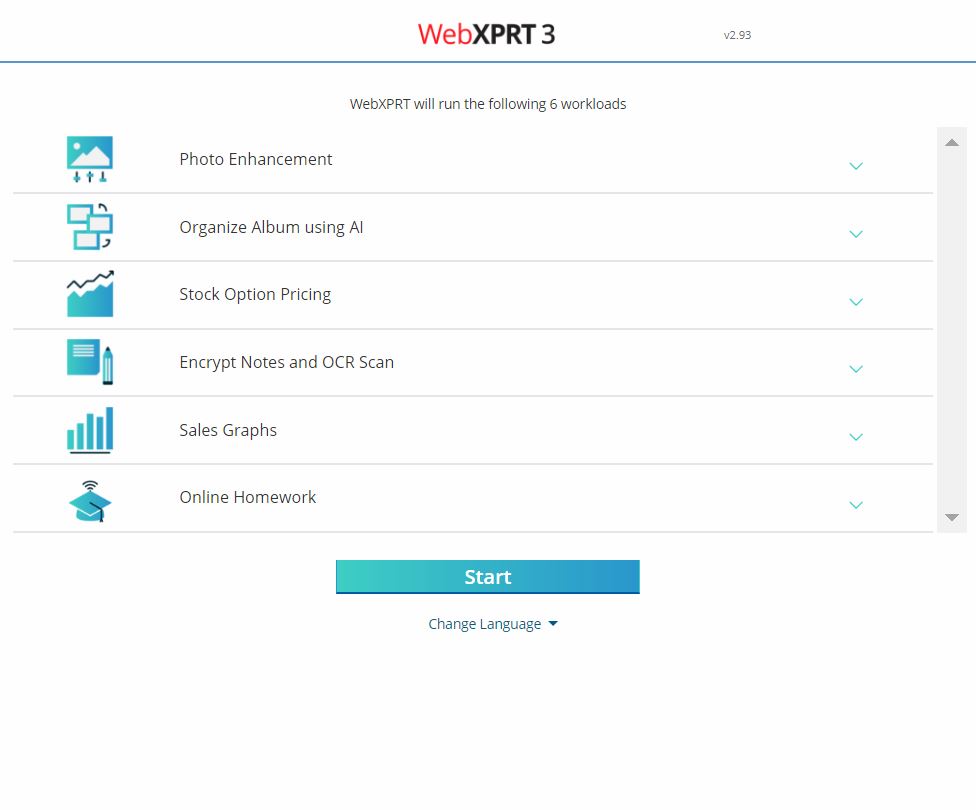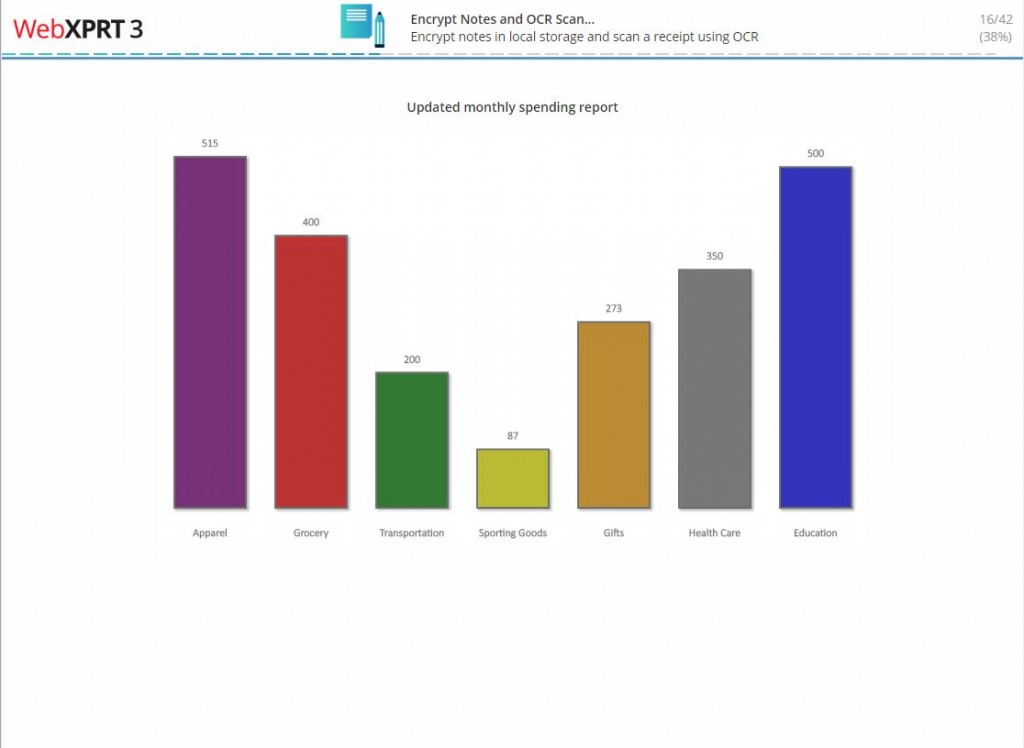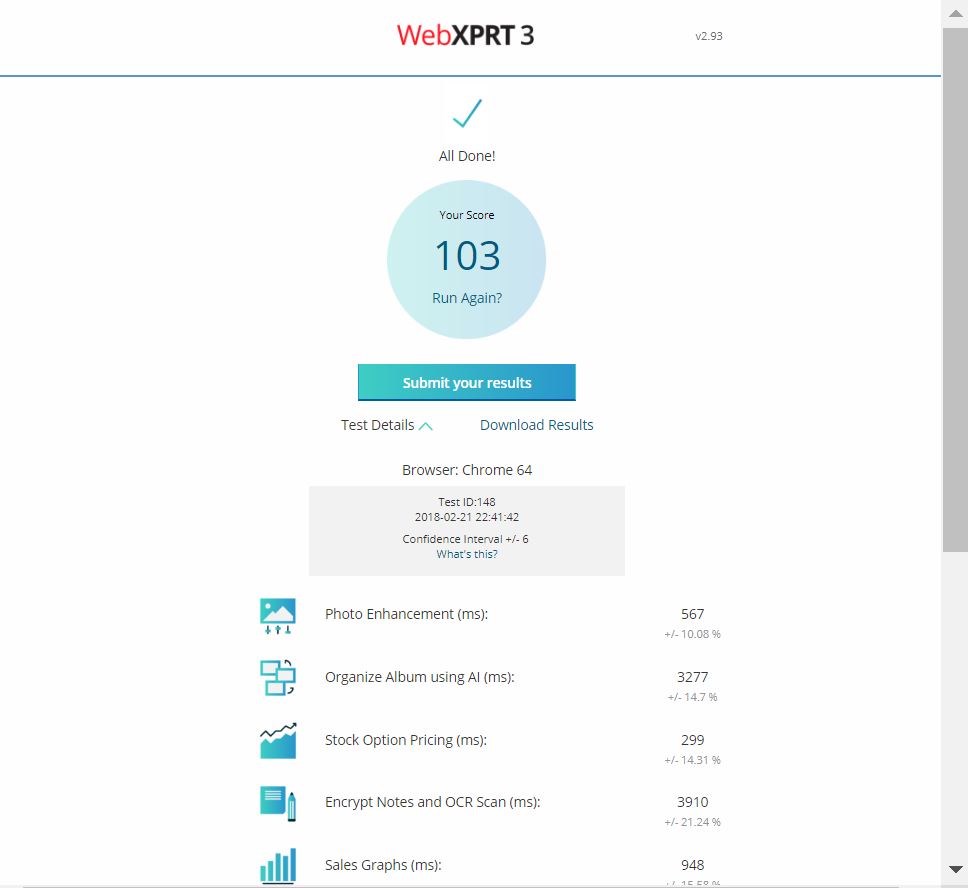As we’ve discussed in prior blog posts, transparency is a core value of our open development community. A key part of being transparent is explaining how we design our benchmarks, why we make certain development decisions, and how the benchmarks actually work. This week, to help WebXPRT 3 testers understand how the benchmark calculates results, we published the WebXPRT 3 results calculation and confidence interval white paper.
The white paper explains what the WebXPRT 3 confidence interval is, how it differs from typical benchmark variability, and how the benchmark calculates the individual workload scenario and overall scores. The paper also provides an overview of the statistical techniques WebXPRT uses to translate raw times into scores.
To supplement the white paper’s overview of the results calculation process, we’ve also published a spreadsheet that shows the raw data from a sample test run and reproduces the calculations WebXPRT uses.
The paper and spreadsheet are both available on WebXPRT.com and on our XPRT white papers page. If you have any questions about the WebXPRT results calculation process, please let us know, and be sure to check out our other XPRT white papers.
Justin















